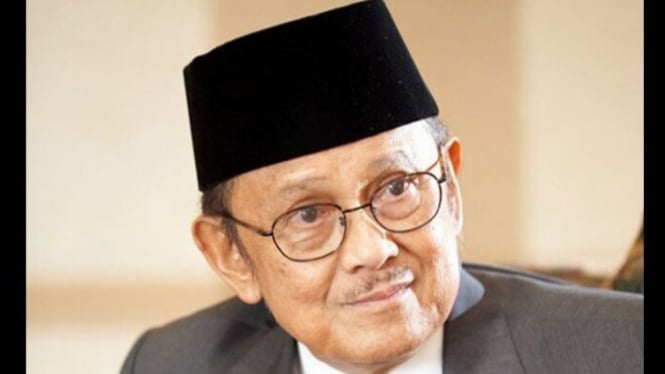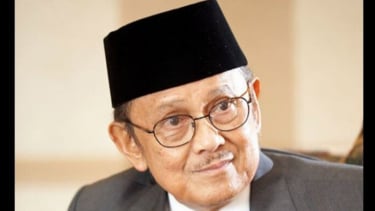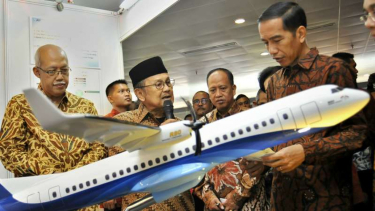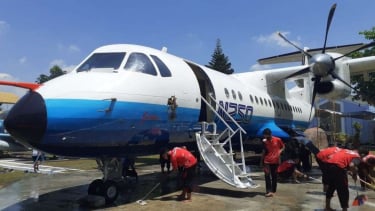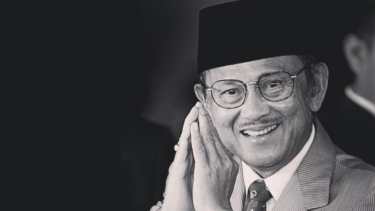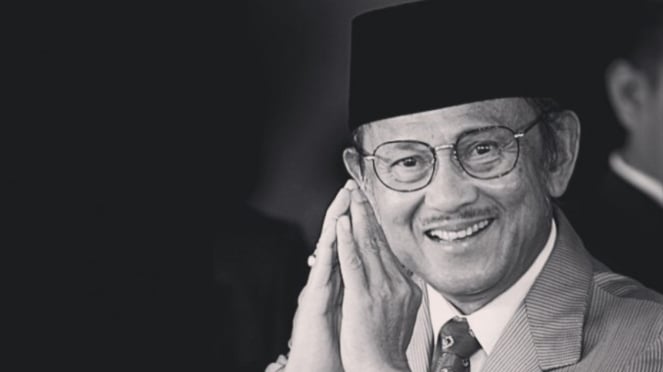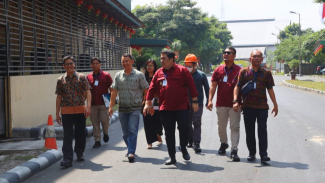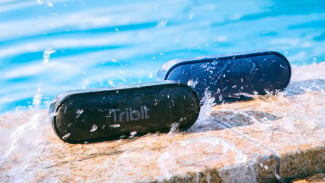- U-Report
VIVA – Bacharuddin Jusuf Habibie, popularly known as BJ Habibie was an Indonesian engineer and politician who served as the third President of Indonesia. While he is primarily known for his political career, Habibie was also an accomplished engineer and inventor. Well, here are some masterpieces from BJ Habibie.
1. R80 Aircraft
BJ
- 487947
This aircraft is designed with the latest super advanced technology with a high level of security for passenger safety. This aircraft is equipped with fly-by-wire technology that uses electronic signals when giving commands.
The R80 aircraft is intended for short-haul flights, for example for trips from Padang to Medan, so there is no need to bother flying to Jakarta first for transit. The aircraft has a maximum weight at takeoff of 27,000 kilograms and at takeoff of 16,200 kilograms.
Operated using turboprop engines, the aircraft's fuel consumption is said to be 20 percent more efficient than jet-engined aircraft.
2. IPTN N-250 Gatotkaca
N250
- 1309212
Habibie played a crucial role in the development of the IPTN N-250 Gatotkaca, a regional aircraft designed and built by the Indonesian state-owned aircraft manufacturer, PT. IPTN (now PT. Dirgantara Indonesia).
The N-250 was intended to serve domestic air transportation needs and was one of the first aircraft to employ advanced composite materials in its construction.
Although the project faced numerous challenges and was eventually discontinued, the N-250 remains a testament to Habibie's engineering prowess.
3. Lightweight Helicopter Rote 16
Habibie's passion for aeronautics extended beyond his work on larger aircraft. He also designed a lightweight helicopter called the Rote 16.
This helicopter featured a unique co-axial rotor system, which eliminated the need for a tail rotor and enhanced stability. Although the Rote 16 never entered mass production, it showcased Habibie's innovation and creativity in the field of aviation.
4. Crack Progression Theory
Bapak
- 625746
The crack theory could be considered one of BJ Habibie's earliest works. Around the 1960s, aircraft technology was not as advanced as it is today. It was not uncommon to find damage to the aircraft structure that could be highly dangerous if left unattended.
With his theory, BJ Habibie was able to calculate cracks in the aircraft structure caused by fatigue.The vulnerable points of fatigue in the aircraft structure typically occurred at the joints between the wings and the fuselage, or between the wings and the engine mounts.
This fatigue was triggered by continuous and harsh vibrations experienced during takeoff and landing. This became the starting point for the occurrence of cracks.
BJ Habibie then proposed the Crack Progression theory, where he successfully calculated cracks in detail down to the atomic level. By doing so, the risk of aircraft accidents could be prevented, and maintenance could be made easier and more cost-effective.

